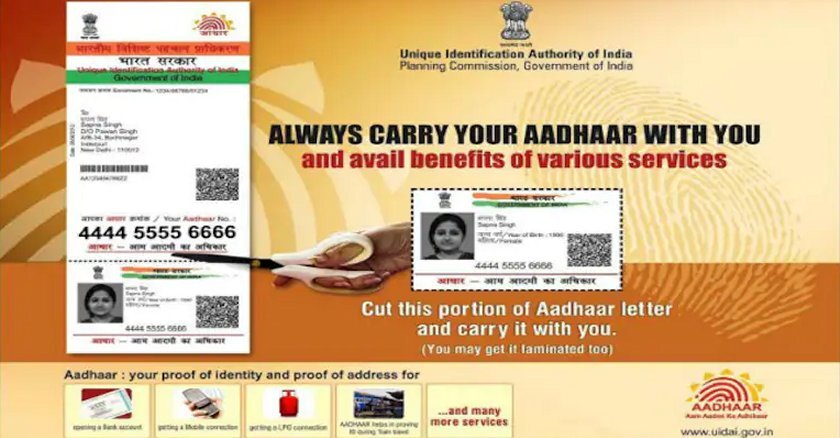The Internet and email were both still new when digital government first emerged in the 1990s. Government adopted them as they came, embedded assumptions and all. Over time, some of the early HTML excitements fell out of favor and some legislatures sought to outlaw cookies, but most public agencies went with the web flow — adding heavy graphics, photography (including requisite headshots of the elected officials in charge) and even animation. Often by benign neglect or to accommodate organizational structures that made little sense outside of the bureaucracy, navigation was allowed to become complex and inconsistent.
But compared to standing in line, online saved time and effort in getting stuff done with government. Now, thanks in no small part to the ubiquitous use of mobile phones to navigate the web, many of these decades-old design conventions are being rethought. According to analytics.usa.gov, which tracks the federal government’s web traffic, at the time of writing, 53 percent of the 5.4 billion visits to federal sites in the previous 90 days were done on a mobile device.
Luke Fretwell, CEO of the civic engagement platform ProudCity, said in a conversation about the aesthetics of government websites that acknowledging the mobile majority — together with a government obligation to make information and services readily accessible and widely available — is central to designing and building sites for the public’s use. Old-school graphics and a “more-is-more” approach born from a team of developers and designers get in the way of that. “Government websites aren’t really ours, right?,” Fretwell asked rhetorically. “If you want to be an artist, you know, take a painting class.”
The answer in these mobile times is simplification and reimagining these public sites through plain text. Text can be beautiful — witness harvardlawreview.org — and optimally functional, as boston.gov shows. Text combined with .gov domains and iconography connotes official government status and conveys confidence to users. Such a combination on a light-to-the-touch site was the design criteria for covid.gov, a site that scaled well; received positive notice from users, policymakers and the press; and provided much-needed information and assistance during the pandemic. The Social Security Administration is working on a text-only site too at beta.ssa.gov — the page is attractive, short, fast and optimized for mobile.
The Lone Star State has introduced Texas by Texas (TxT). The wink and nod to the South by Southwest (SXSW) festival aside, TxT moves communication and transactions between public agencies and residents from email to text messages — instant, uncluttered and responsive. The text-based digital assistance service is in its infancy, but its operators hint at big plans and transformational potential. Text messages differentiate themselves from email in a couple important respects — almost all are read (98 percent) and a Gartner analysis indicates almost half (45 percent) elicit a response. In a world of communication burnout and fatigue, the beauty of text is its ability to penetrate and engage where other channels do not.
Add artificial intelligence to the massive amount of text generated by government and you have a new and potentially powerful approach to modernization. The MIT Technology Review reports on researchers at Salesforce who have trained software to accurately summarize lengthy texts, including that which is created and held by government. According to the Review, “It uses several machine-learning tricks to produce surprisingly coherent and accurate snippets of text from longer pieces. And while it isn’t as good as a person, it hints at how condensing text could eventually become automated.”
There is much promise in all of this to make government information usable and useful. And text is literally and figuratively the lingua franca of the digital world. We are just a little late in decluttering digital government to realize its full potential to serve all.
Governing’s opinion columns reflect the views of their authors.
Related Articles











